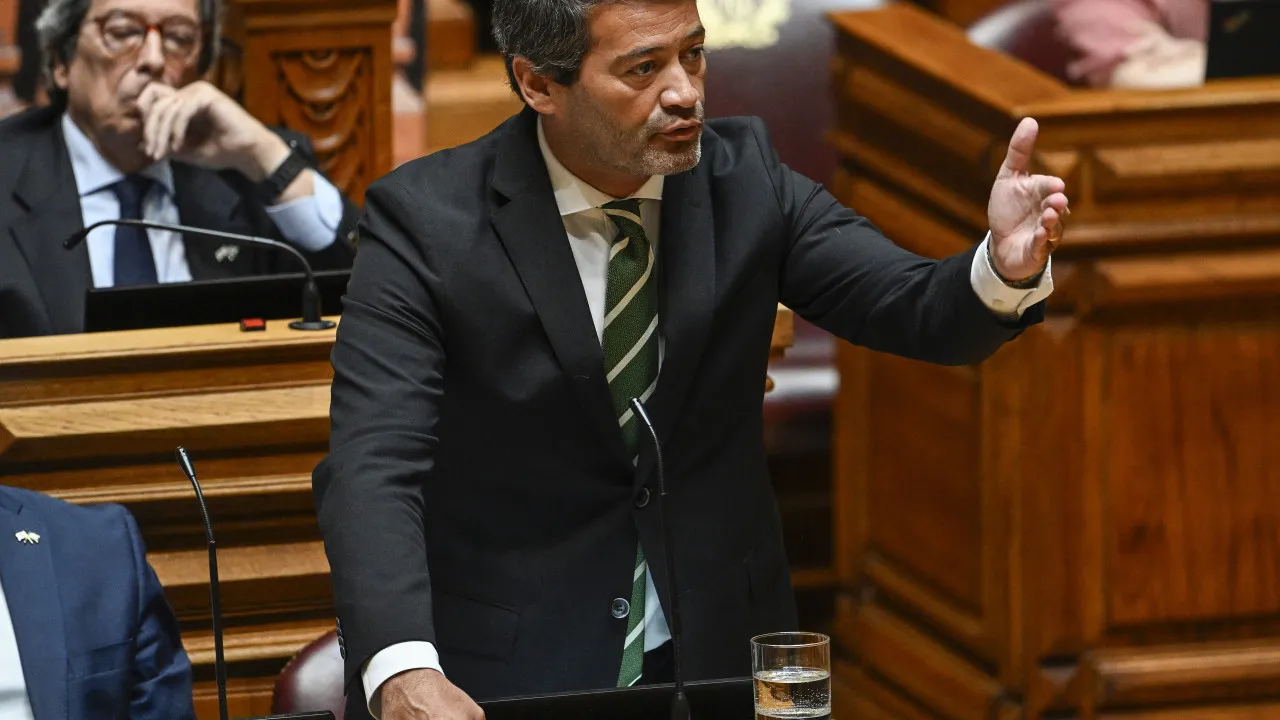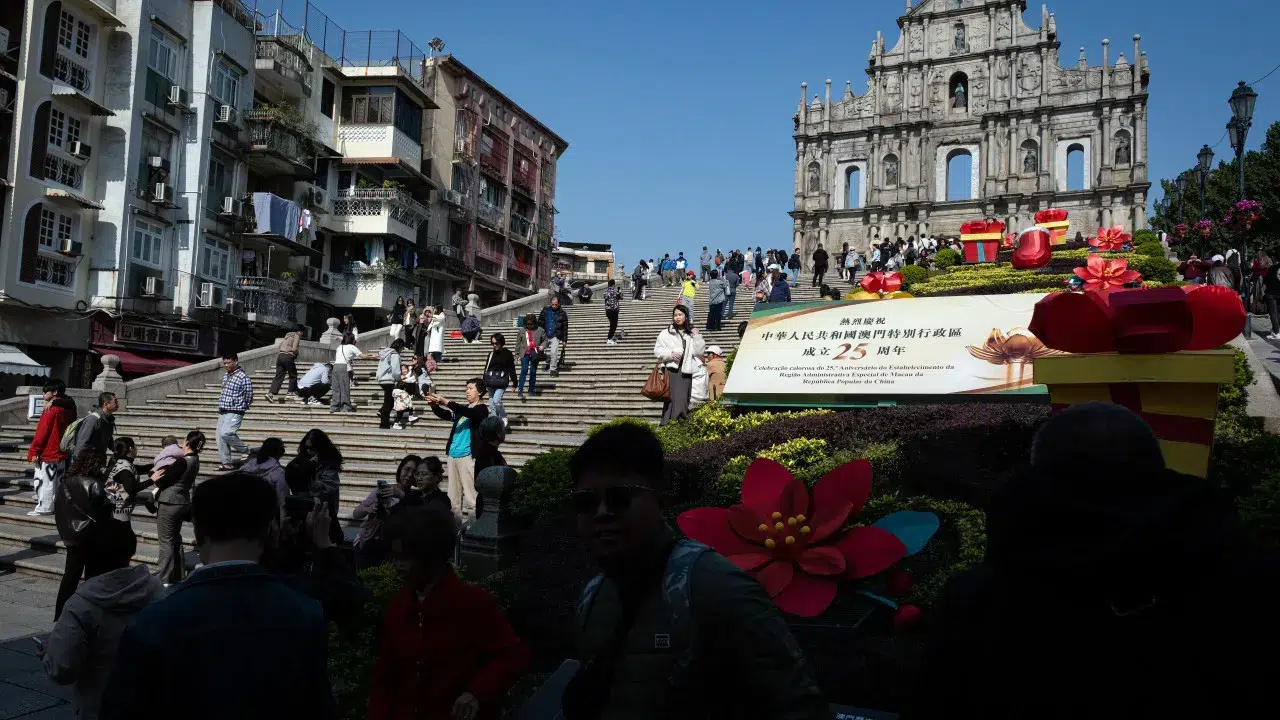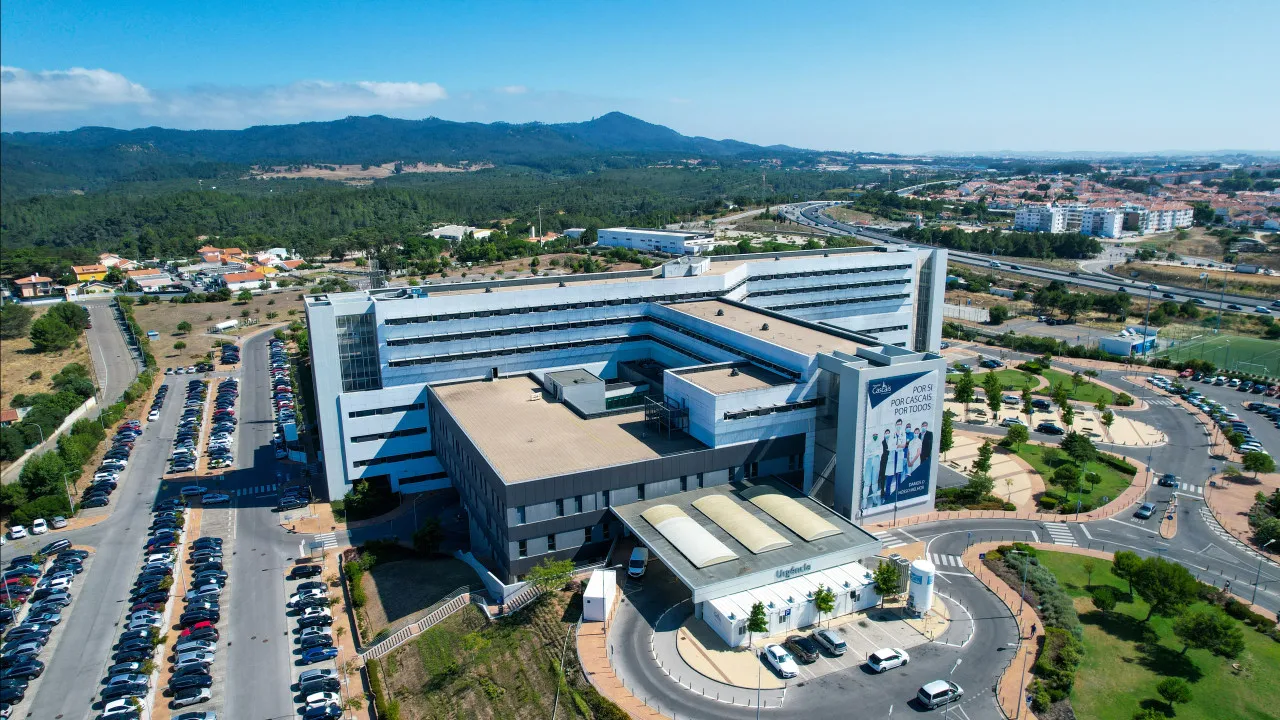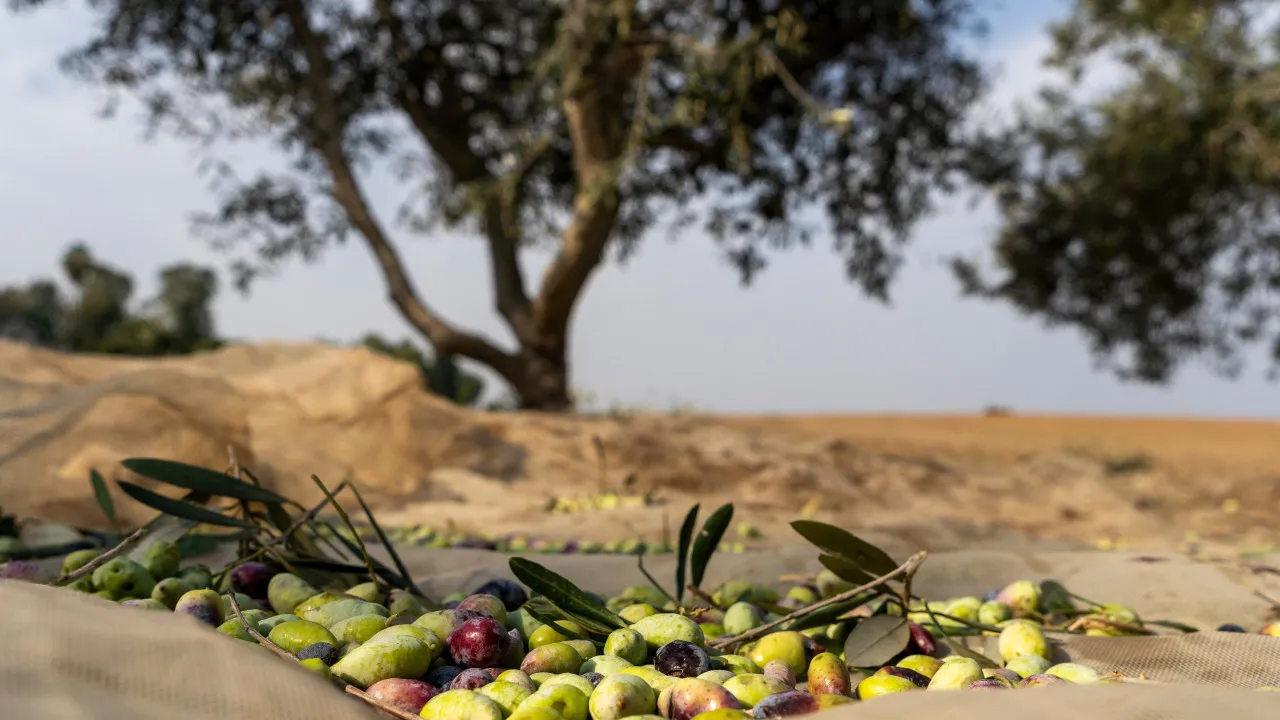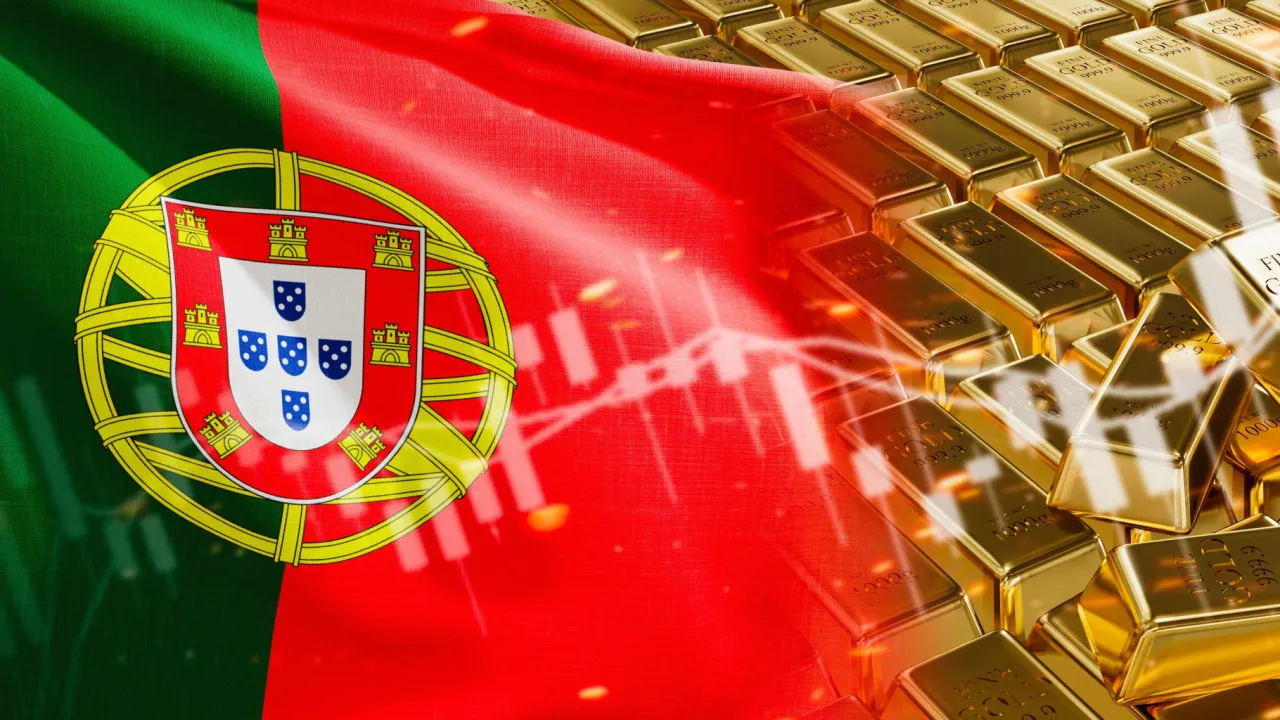
This week, it was revealed that the value of gold held by Banco de Portugal (BdP) reached 31 billion euros at the end of 2024, marking a 34% increase from 2023. The gold reserves are stored in the high-security vault of the BdP complex in Carregado and in London.
In 2024, the gold at Banco de Portugal appreciated by eight billion euros compared to the 23 billion euros of the previous year, “exclusively due to the significant appreciation throughout the year.”
What is the purpose of these reserves?
Gold is considered a safe-haven asset during times of uncertainty, with the price per ounce reaching historic highs.
According to the Board of Directors’ Report from the BdP, at the end of last year, the central bank held 382.7 tons of gold.
Portugal holds the sixth-largest gold reserve
A list compiled by the World Gold Council indicates that Portugal had the sixth-largest gold reserve in Western Europe at the end of 2024, behind Germany, Italy, France, Switzerland, and the Netherlands.
Portugal’s gold was widely discussed during the 2011 crisis when it was considered an indirect guarantee for Portugal’s debt.
In 2024, during an interview with SIC, former BdP administrator Hélder Rosalino reaffirmed this: “In the 2011-2014 ‘troika’ program, international creditors had a very direct relationship with Banco de Portugal, and naturally, what was shown to them regarding our gold reserves was important. It is not a direct guarantee, but it gives confidence to international operators.”
The origin of Portugal’s gold was controversial 30 years ago, leading to the creation of an independent commission, which concluded that Salazar’s dictatorial regime ignored the provenance of gold acquired from Nazi Germany.
During World War II, Portugal received gold as payment for exports to Germany, notably tungsten, which was essential for the German war machine.
In the late 1990s, amid a global public debate on Nazi-looted assets, an official commission was created in April 1998, chaired by Mário Soares, to investigate “gold transactions carried out between Portuguese and German authorities from 1936 to 1945.”
According to the report available on the website of the General Secretariat of the Ministry of Finance, Banco de Portugal’s gold reserves were 65 tons in 1939 and increased to 306 tons by 1945. The increase amounted to 320 tons if all gold in the state’s possession was included.
The report concluded that the gold was acquired “as a counterpart to legitimate trade [with Germany], known and accepted by the Allies,” and the main source of the gold, the Swiss National Bank, was “then unsuspected.”
The report notes that, even during the war, the Allies were aware of gold shipments to Portugal and did not raise issues.
It also mentions an agreement Portugal made in 1950 with the Tripartite Commission (representing countries with claims to looted gold) to return four symbolic tons as a “gesture of goodwill.”
Ultimately, according to the commission, “the known facts do not provide grounds to accuse the Portuguese government of knowingly receiving gold looted by the Nazis during World War II,” and thus Portugal does not owe “any additional compensation.”
The report’s conclusions were contested by several historians and Holocaust scholars.
Portuguese reserves reached a record 606.76 tons in 2002. From then until 2006, during the tenure of Governor Vítor Constâncio, Portugal sold more than 200 tons of gold.

